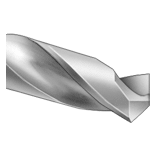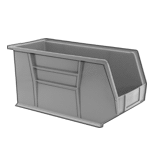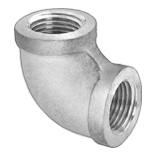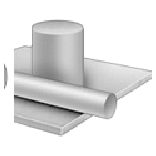Filter by
System of Measurement
Head Diameter
For Use On
Head Length
Surface Texture
Abrasive Material
Grit Rating
Material
Abrasive Bond Material
Maximum Rotation Speed
Rotation Speed
DFARS Specialty Metals
Export Control Classification Number (ECCN)
Grinding Bits
Other Products











































